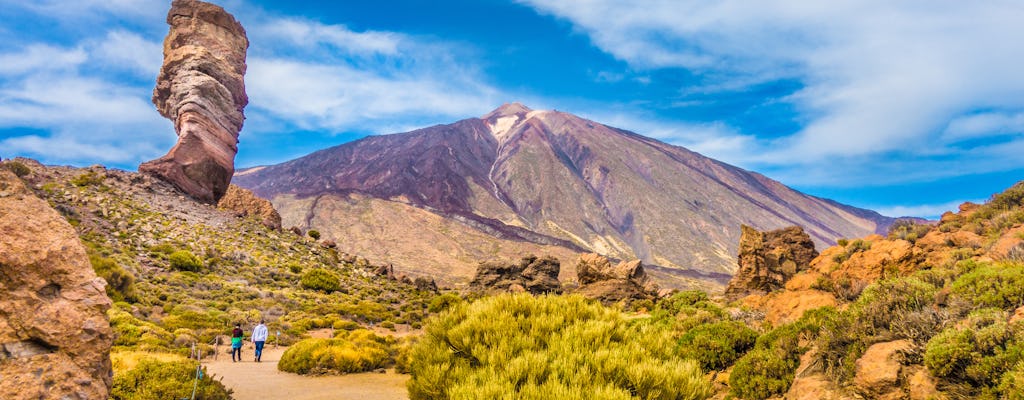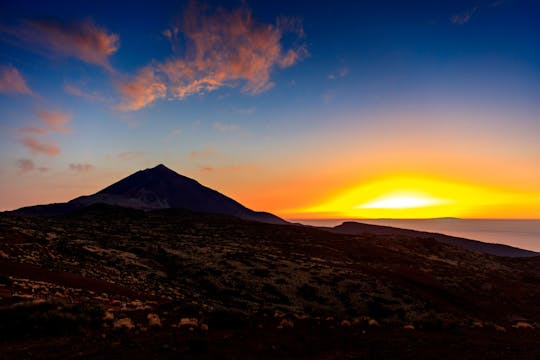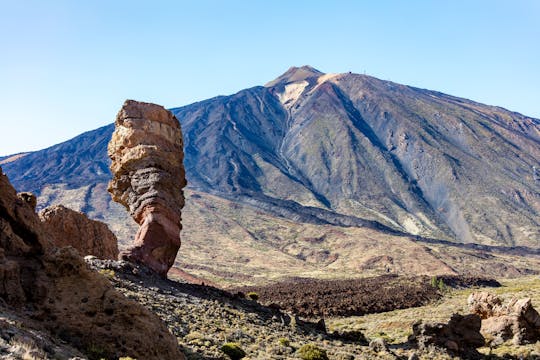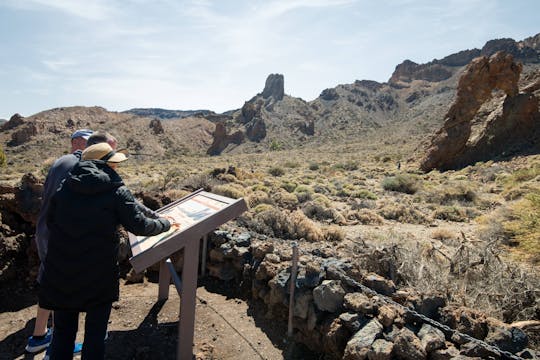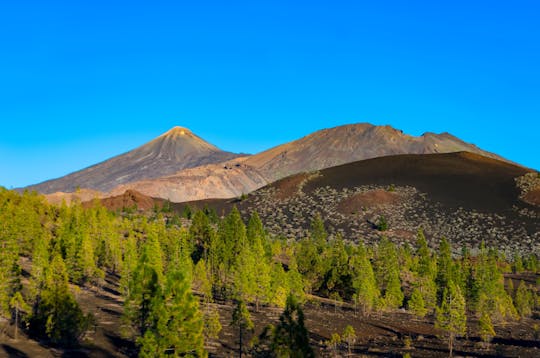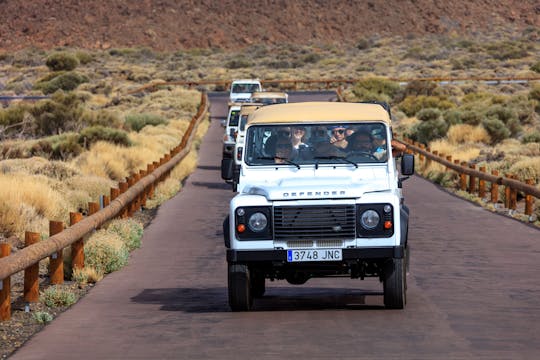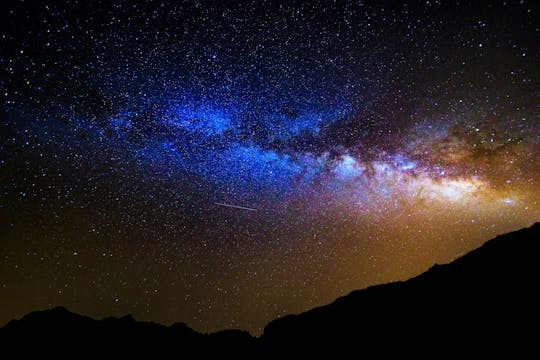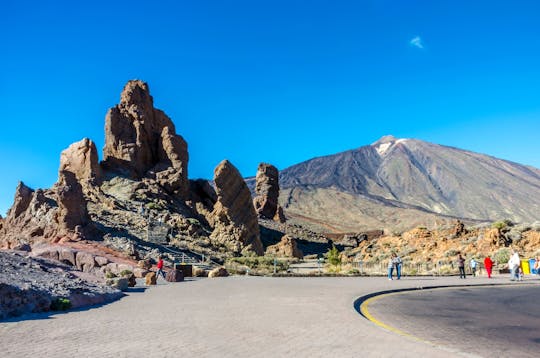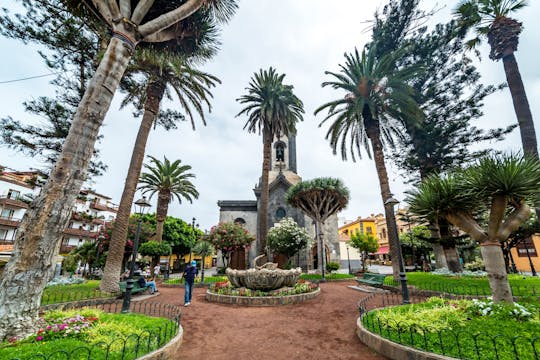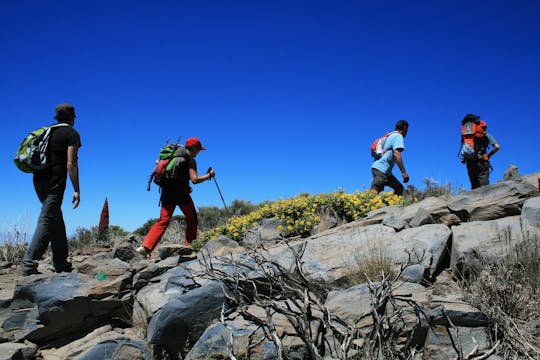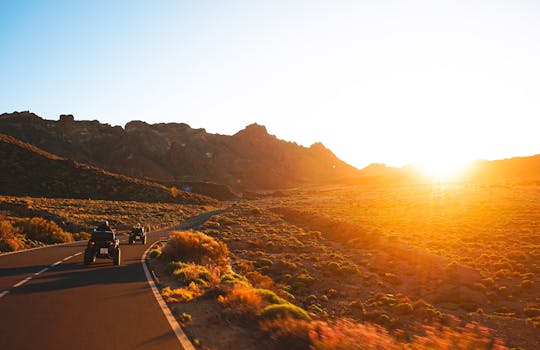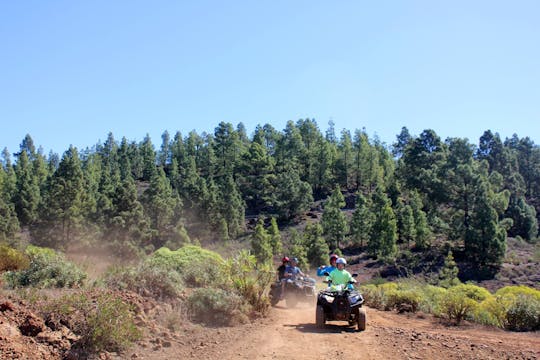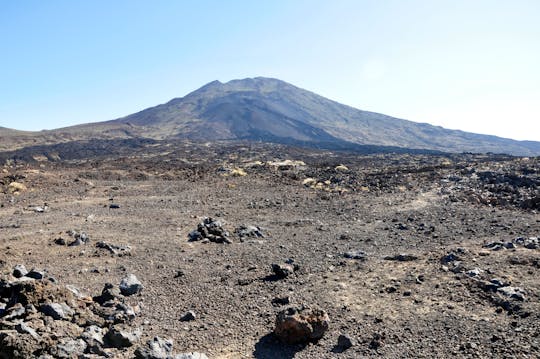Teide, or Mount Teide, is a volcano located on the island of Tenerife in the Canary Islands (Spain). It is the country's highest peak, with an altitude of 3,718 metres above sea level and 7,500 metres above the ocean floor. It is the third highest volcanic structure on the planet, after Mauna Loa and Mauna Kea in Hawaii.
During the European expansion, Teide's towering altitude explained why it was considered the highest mountain in the world, since the Spanish, Portuguese and British sailors used it as a beacon during their navigation through the Atlantic Ocean to the South.
Teide is the most emblematic natural element of the Canary Islands and is visited by millions of people each year. The volcano forms part of the Teide National Park, which was declared a World Heritage site by UNESCO in 2007. A well deserved accolade, as it is the most complete sample of supra-Mediterranean vegetation floor in existence and one of the most amazing volcanic manifestations worldwide.
If you visit the park, don't forget to take the cable car: the base station is 2356 metres above sea level and the highest station is at 3555 metres. Once you reach the top, you will be able to look out at the extraordinary view!
Do not miss the Roques de García, a group of very interesting rock formations, among which is the Roque Cinchado. Astronomy lovers can opt for sunset visits, during which, after watching the sunset, they will learn a lot of interesting facts about the constellations, stars, and planets.
Today, there are many different options to explore Teide: take part in an excursion or a guided tour by private transport, bus or even explore the area on quad bikes.

